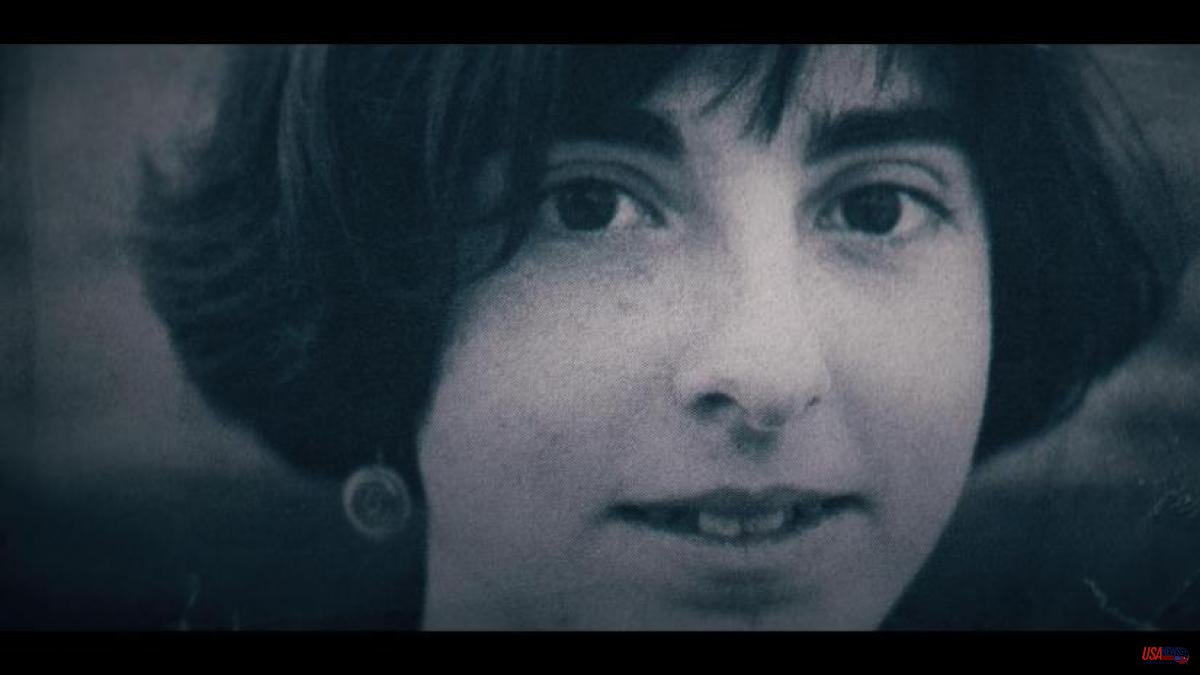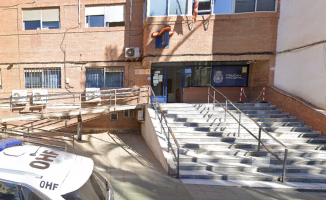The Sabadell judge investigating the crime of Helena Jubany, the librarian whose body was found thrown from the top of a roof into a light well, naked and with several burns, has reopened the investigation against a former suspect: Santiago Laiglesia. This man was the partner of Montserrat Careta, who committed suicide in prison claiming her innocence after being accused of Jubany's crime. The couple lived in the building from where the victim was thrown into the void. Despite the fact that Laiglesia had been investigated in 2001 when the crime occurred, his case was provisionally filed in 2005, considering that there was insufficient evidence to establish his guilt. Eighteen years later, the judge reopened the investigation against him after DNA traces of a male profile appeared last year on a victim's sweater. Now the magistrate wants Laiglesia to undergo an analysis to check if the vestiges found in the jersey match his genetic profile. "This indication would be decisive in order to justify the guilty participation in the death," the judge stressed.
Until now, there was only one defendant in the investigation, Xavier Jiménez, who was Jubany's partner in the Unió Excursionista de Sabadell and who was charged considering that he was the author of the anonymous letters that the victim received days before the crime and that were accompanied by drinks - an horchata and a juice - that had been adulterated with benzodiazepines, a substance that was later found in the victim's body. However, the DNA analyzes have been negative and it can be concluded that the genetic profile found in the jersey does not correspond to that of Jiménez. “Once his connection with Mr. J. has been ruled out, and having determined that it is genetic material belonging to a man, it is when his comparison with that of the only man who was previously investigated for these facts and with respect to whom has been assessed. there are a series of indications that justify the practice of investigative diligence”, justifies the magistrate.
The magistrate indicates up to nine indications of guilt that corner Laiglesia. He cites the previous dynamics and the relationship of Laiglesia with the close environment of the victim ”. He was a member of the Unió Excursionista de Sabadell, an entity that investigators have always suspected was where the murderer came from. He also underlines the suspicions of Laiglesia with the creation of the anonymous, as indicated by a graphological report. He also in the possible distribution of roles with the other investigated, Xavi Jiménez. The judge also indicates that the indications that cornered Montserrat Careta are extensible to Laiglesia, since both lived in the building from where the victim was thrown. He also points to the contradictory versions that the defendant gave about where he was the day Jubany disappeared and where he slept the night of the crime. He also recalls the judge that medicines like those found in the victim's body and like those that appeared in a juice that accompanied the second anonymous letter were found at Careta's home.













